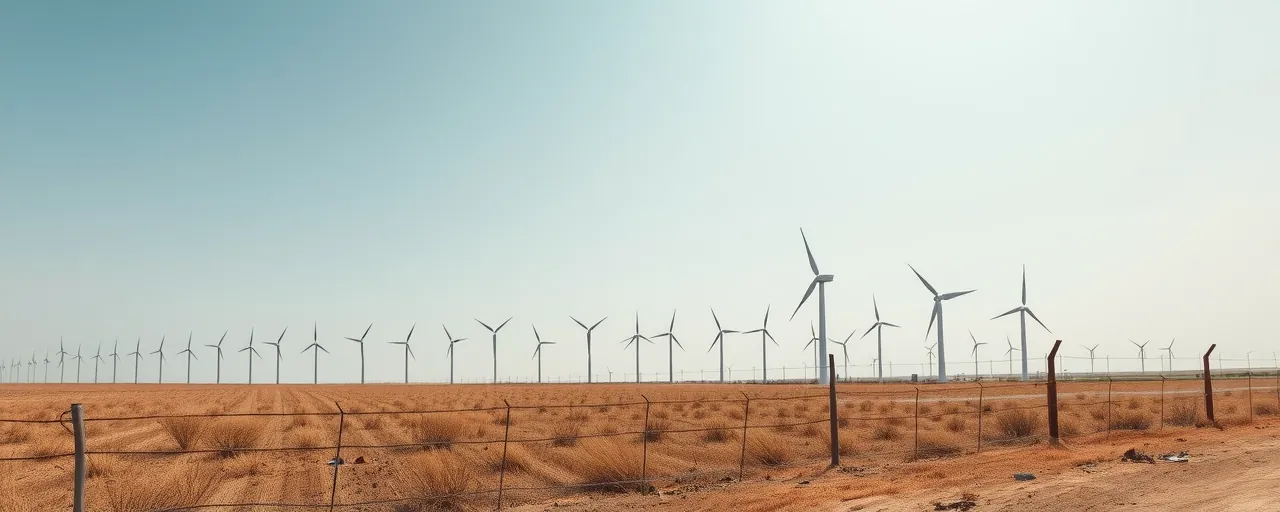A Hefty Price Tag
California’s cap-and-trade program has pulled in $33 billion since 2012, funneling cash into projects like tribal land stewardship and clean vehicle training. Governor Gavin Newsom calls it a win for the planet and jobs. But for families struggling with soaring costs, the program feels more like a tax they never voted for. With plans to extend it beyond 2030, it’s time to ask: is this worth the burden on everyday Californians?
Energy prices are climbing, and cap-and-trade is a key culprit. The program forces companies to pay for emissions, and those costs trickle down to consumers. Newsom points to $15 billion in utility bill credits, but these feel like crumbs when monthly bills keep rising. Why are Californians footing the bill for projects that often seem disconnected from their daily lives?
The California Air Resources Board boasts that emissions dropped 20% since 2000 while the economy grew 78%. Impressive, but was cap-and-trade the driver? Economic growth and tech advancements were already cleaning the air. The program’s hefty price tag might be taking credit for progress that was happening anyway.
Newsom’s team highlights 117 climate programs and half a million projects, from wildfire prevention to clean energy. Quantity is one thing; impact is another. Many projects lack clear evidence of success. How can we trust our money is making a real difference when results are so hard to measure?
The rush to extend cap-and-trade ignores better options. With hundreds of billions in potential revenue through 2045, the state seems focused on locking in funds rather than spending them wisely. Californians need a system that values their financial security as much as environmental goals.
The Cost to Families
Cap-and-trade sets a shrinking cap on carbon emissions, pushing big polluters like factories and energy firms to buy allowances or upgrade technology. The idea is to spark innovation. In reality, it often means higher energy bills for families, especially those with tight budgets. Studies confirm carbon pricing hits low-income households hardest, and rebates don’t always close the gap.
Other states show a different way. In Texas, led by Republican policies, renewable energy booms without complex mandates. Wind and solar grow because they’re cost-competitive, not because of government penalties. Why can’t California embrace tax breaks or deregulation to spur clean energy without punishing consumers?
Advocates of the program highlight job growth, like training for clean vehicle careers in Fresno. Yet clean energy jobs were surging long before cap-and-trade. From 2010 to 2020, solar and wind jobs nationwide grew 20% faster than the broader economy. Forcing companies to buy allowances doesn’t create jobs; it diverts funds that could go to hiring or innovation.
Look at the Northeast’s Regional Greenhouse Gas Initiative. It cut power-sector emissions by 50% since 2009 but raised electricity costs in some states. California’s program risks a similar outcome: big promises, uneven results, and families left paying more for uncertain gains.
Smarter Solutions
Extending cap-and-trade isn’t the only path to cleaner air. Some Republican leaders, like 19 legislators in Utah, support revenue-neutral carbon taxes that return all funds to taxpayers. This approach cuts emissions while easing the financial strain on families. Why hasn’t California explored this fairer model?
The program’s focus on equity raises questions. California law requires 35% of funds to go to disadvantaged communities, yet agriculture, responsible for 8% of emissions, gets just 2%. Farmers, a backbone of the state’s economy, face strict rules with little support. Shouldn’t we prioritize industries that feed us?
Complexity plagues cap-and-trade. With 117 programs and thousands of projects, tracking success is nearly impossible. Globally, the EU’s Emissions Trading System struggles with allowance oversupply and price swings. California could simplify its strategy, targeting high-impact projects with measurable outcomes.
A Call for Balance
California faces a critical choice. Extending cap-and-trade will cement higher costs for decades, with no assurance of matching benefits. The state’s clean energy strides, like running on 100% clean electricity for 51 days last year, show progress is already underway. Why cling to a program that penalizes more than it rewards?
Families and businesses need relief, not more bureaucracy. Market-driven policies, like tax incentives or revenue-neutral carbon pricing, could achieve environmental goals without crushing budgets. States like Texas prove clean energy can thrive without heavy costs.
Californians want a cleaner future but not at the expense of their livelihoods. As Newsom and legislative leaders push to extend cap-and-trade, it’s time to demand a system that respects hard-earned money while pursuing smarter, fairer ways to protect the environment.
